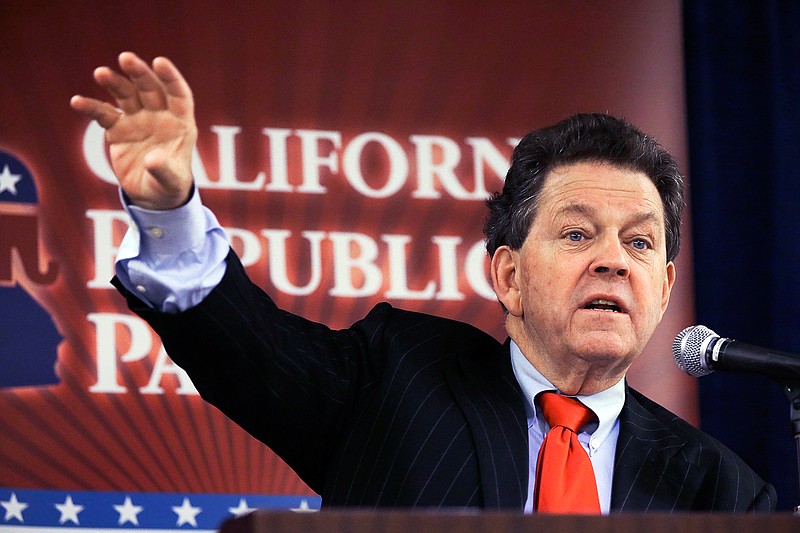President Donald Trump's decision to award Arthur Laffer the Presidential Medal of Freedom has met with no shortage of criticism, some of it deserved. More than anything else, Laffer was a policy entrepreneur, and his promotion of his ideas was at times reckless.
At the same time, that boldness was crucial in the development of what came to be known as the "Supply Side Revolution," which even today is grossly underappreciated.
The most famous idea to come out of supply-side economics, but by no means the most important, is the notion that tax cuts will pay for themselves. This point is often made by appealing to the so-called Laffer Curve, which demonstrates the relatively uncontroversial point that the maximum amount of revenue is raised by a tax rate of something less than 100%. This is emphatically not the same as saying that a tax cut of any size will always lead to a rise in revenue and a reduction in the deficit.
In fact, the Laffer Curve is only described (it does not appear) in a footnote to the 1975 essay that coined the term supply-side economics and laid out its basic tenets: "The Mundell-Laffer Hypothesis: A New View of the World Economy," by Jude Wanniski, then an editorial writer for the Wall Street Journal.
The article is primarily devoted to inflation, trade and exchange rates. The footnote explains that, if there is full employment, a reduction in tax rates might be expected to reduce revenues. When the economy is depressed, however, tax cuts would not only increase the incentive to expand output, but would also inject money into the economy-in effect, a Keynesian stimulus.
This double effect would increase tax revenue enough to cover the interest payments on the debt incurred. As long as the payments were made, future taxes would not have to be raised to "pay for" the tax cut. The economy could simply grow its way out of the debt, as it did after World War II.
That, in turn, meant that it was possible to reduce inflation quickly with the right combination of tax cuts and tight monetary policy. Reducing inflation with minimal damage to the economy was the central goal of supply-side economics.
Liberal economists argued that inflation was better contained with price and income controls.
Robert Mundell, a future Nobel Laureate, argued that there was third way. Restricting the money supply, he said, would cause demand in the economy to contract, but making large tax cuts would cause demand to expand. If done together, these two strategies would cancel each other out, leaving room for supply-side factors to do their work.
Mundell himself focused on the fact that tight money would lead to a rising dollar and falling prices for natural resources. Laffer suggested that permanent reductions in taxes and regulations would increase long-term economic growth.
In the early 1980s, the so-called Mundell-Laffer hypothesis was put to the test-and it was, by and large, successful. The 1981 tax cuts weren't enough to stop the double-dip recessions induced by Federal Reserve Chairman Paul Volcker's tight monetary policy. The rate of inflation, however, dropped far faster than expected.
Laffer has consistently intimated that tax cuts could do more than his own theory suggests. As a result, he has made himself a pariah among much of the economics community.
In some ways, Laffer's career is a cautionary tale of the dangers of being both an economist and a policy entrepreneur. To achieve his goals as the latter, he undermined his credibility as the former. That said, Laffer's overall influence on the U.S. economy has been positive-and that, in the end, is the best defense of his award.

